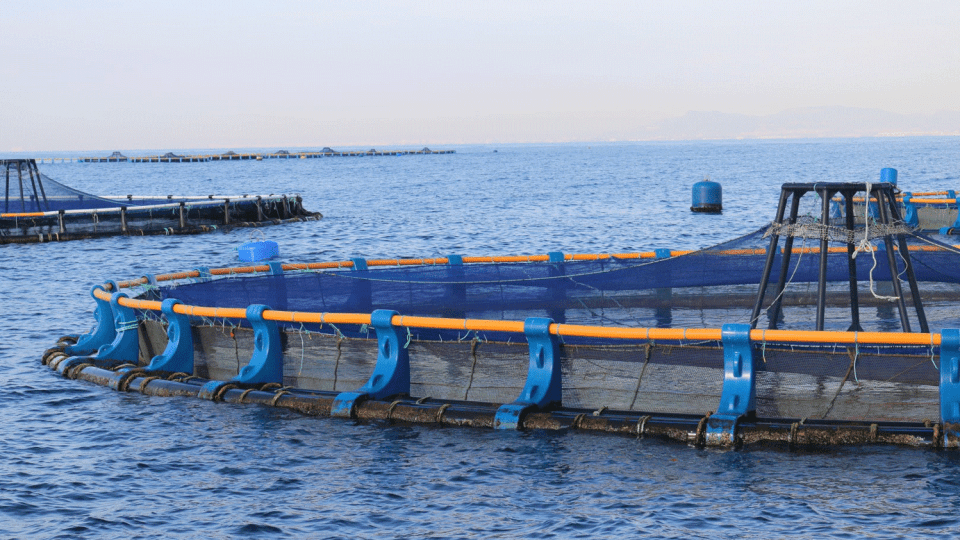Fish farmers are increasingly injecting smaller fish, sometimes as small as an average size of 10g or even lower, either to meet production targets or to reduce the transportation costs of fingerlings. However, isn't it true that larger fish, when transferred to the open sea, experience greater survival and growth?
Existing research has indicated that increasing the size of fish at the time of vaccination may help mitigate intra-abdominal lesions (Bakopoulos et al., 2003; Berg et al., 2007). Intraperitoneal vaccination is crucial for ensuring fish health, and vaccination technique is one of the most important managements in the fish production cycle. A poor vaccination technique can result in inadequate immunization, secondary effects, or even mortality. Handling fish individually is labor-intensive and must be executed perfectly to avoid economic losses.
The salmon industry introduced the micro-dose concept to tackle two primary challenges: the necessity to administer 2 to 4 injectable vaccines simultaneously and the adverse effects observed in Atlantic salmon, a species more prone to developing severe adhesions and melanization than sea bass. Additionally, salmon are vaccinated starting from 50g to ensure better smolt quality upon transfer to the sea, which ultimately enhances growth and performance.
At HIPRA, we aimed to gather insights from the salmon experience and conducted a research study to empirically evaluate several safety points:
- Vaccinating 10g sea bass versus 15g sea bass.
- Vaccinating sea bass with 0.05ml versus 0.1ml.
- Vaccinating sea bass with mineral oil versus non-mineral oil adjuvanted vaccines.
We assessed macroscopic observations of the visceral cavity (Spielberg score), microscopic side-effects on different internal organs through histology, as well as growth and mortality. We presented the poster detailing this study at the Aquafarm fair in Pordenone, Italy, last week.
Our findings indicate no significant safety differences between vaccines. This suggests that reducing the size of sea bass at vaccination poses no safety concerns, and there is no justification for reducing the vaccine dose. Adjuvanted vaccines do not produce adverse effects when vaccine administration is properly managed.
We need to further explore the contribution of granulomas to the immune response induced by vaccines. We pose the question once more: Have you compared the mortality, growth, and performance of sea bass when vaccinated at 10g versus 15g and transferred to open sea cages? Is the cost difference in transporting slightly larger sea bass worth the higher survival and performance in the end?













